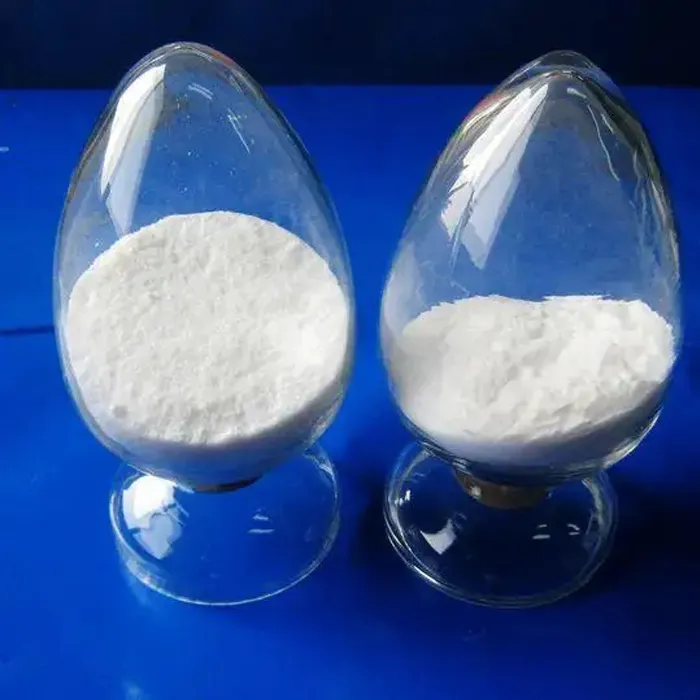Drinking Water Treatment Chemicals Ensuring Safe Drinking Water for All
Access to clean and safe drinking water is a fundamental human right, essential for health and well-being. However, the natural sources of water often contain various contaminants, which can pose significant risks to human health. To ensure that drinking water is safe for consumption, water treatment processes become crucial. Central to these processes are drinking water treatment chemicals that help purify and make water safe.
The Importance of Water Treatment
Water treatment is the process of removing contaminants from water to make it suitable for human consumption. Contaminants can include bacteria, viruses, parasites, chemical pollutants, and heavy metals. The presence of these impurities can lead to waterborne diseases such as cholera, dysentery, and hepatitis. Thus, effective water treatment not only protects public health but also promotes a sustainable environment.
Types of Drinking Water Treatment Chemicals
Several types of chemicals are used in drinking water treatment processes, each with a specific function
1. Coagulants These chemicals, such as aluminum sulfate and ferric chloride, are used to clump together small particles in the water, forming larger aggregates called flocs. This process, known as coagulation, helps remove suspended solids, turbidity, and some pathogens from water.
2. Disinfectants To kill harmful microorganisms that may remain in the water after treatment, disinfectants like chlorine, chloramine, or ozone are added. Chlorine is the most commonly used disinfectant due to its effectiveness and residual properties, which help guard against recontamination during water distribution.
3. pH Adjusters The pH level of water can influence the effectiveness of disinfection processes and the stability of the treated water. Chemicals like lime or sodium hydroxide are used to adjust the pH to a neutral range, ensuring optimal conditions for further treatment processes and reducing corrosion in pipeline systems.
4. Fluoride Agents In some regions, fluoride compounds such as sodium fluorosilicate are added to drinking water as a public health measure to prevent dental decay. This practice is particularly common in areas with low natural fluoride levels.
drinking water treatment chemicals

5. Activated Carbon Used primarily for adsorbing organic compounds and chlorine, activated carbon helps eliminate tastes and odors from drinking water. It is particularly effective in removing volatile organic compounds (VOCs) associated with industrial pollution.
6. Corrosion Inhibitors In areas where the water is acidic, corrosion inhibitors like orthophosphate are added. These chemicals help prevent the leaching of lead and copper from pipes, a critical consideration for protecting public health.
Regulatory Oversight
The use of drinking water treatment chemicals is closely regulated to ensure safety and efficacy. In the United States, the Environmental Protection Agency (EPA) sets standards for drinking water quality under the Safe Drinking Water Act (SDWA). This includes guidelines on permissible levels of various chemicals used in water treatment and regular monitoring to ensure compliance.
Internationally, the World Health Organization (WHO) provides guidelines and recommendations for safe drinking water treatment practices, which help countries establish their regulatory frameworks.
Future Directions
As emerging contaminants and environmental concerns become more prevalent, the field of water treatment is evolving. Newer technologies, such as advanced oxidation processes, membrane filtration, and biologically-based systems, are being developed to improve the efficiency and effectiveness of water treatment.
Additionally, the integration of green chemistry principles in water treatment practices is gaining attention. This focus on reducing the environmental impact of chemicals used in treatment processes encourages the use of safer, biodegradable alternatives.
Conclusion
Drinking water treatment chemicals play a pivotal role in safeguarding public health by ensuring access to safe drinking water. Through the application of various chemical processes, contaminants are effectively removed, and water is purified for consumption. As we look to the future, it is vital to continue investing in research, regulatory oversight, and innovative technologies to enhance water treatment practices. By doing so, we can ensure that all communities have access to clean and safe drinking water, a cornerstone of health and well-being.

